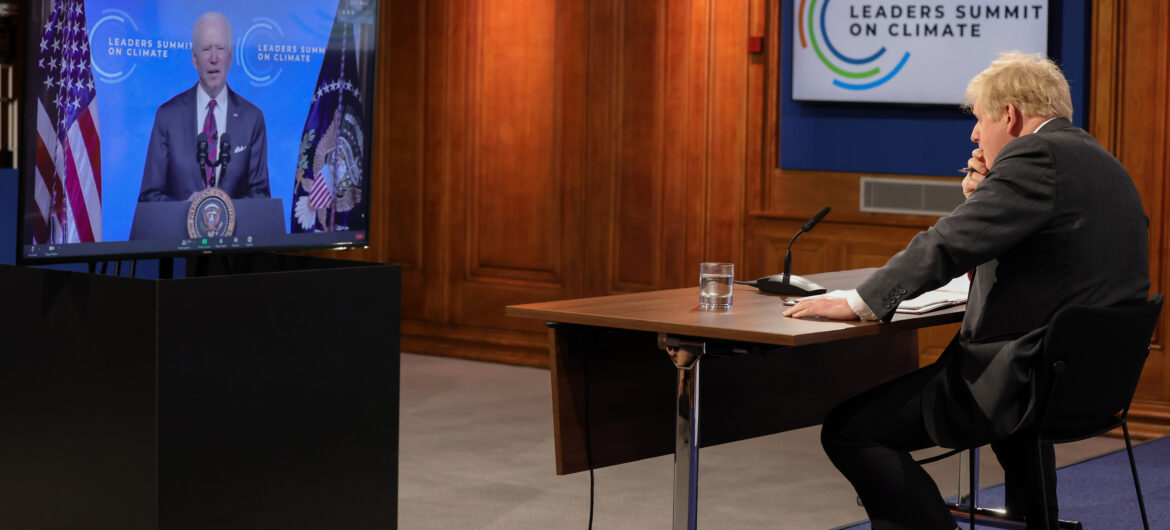In a virtual summit held on 22 April, Joe Biden has pledged to cut US carbon emissions by 50% below 2005 levels by the year 2050. This doubles the amount previously promised by the nation.
Canada, Japan and South Korea also made several new promises. Canada has promised to reduce emissions by around 40-45% by 2030. Despite this, climate activists have strongly protested this; with the World Resources Institute claiming it “falls short of what is needed to avoid dangerous levels of warming”.
Japan also pledged to reduce emissions, this time by 46% by 2030. This almost doubles their previous goal of 26%.
Although many countries announced new and ambitious goals, some countries did not. This includes China and India, the world’s first and third-worst emitters of greenhouse gases respectively.
China made no new goals or policies to try and combat their emissions, although leader Xi Jinping did hint that as their economy slowly recovers from the global recession they will try and slow down coal-powered energy.
India made no new pledges either and even questioned whether government action was as important as individuals and their lifestyle choices.
These events come after the joint Chinese and US pledge earlier in the week that saw the two nations will make more efforts into fighting climate change in the coming years.
The talks between them commenced on the week beginning 12 April, held between China’s climate representative Xie Zhenhua and the US’ John Kerry.
After these meetings, on 18 April, the two agreed on specific actions and policies that would target a major reduction of co2 emissions.
According to the US Gov website, some of these policies will include things like an increase of renewable energy, green agriculture, energy-efficient buildings and an overall reduction of carbon footprint.
The website also declared that more “concrete actions in the 2020s to reduce emissions aimed at keeping the Paris Agreement aligned temperature limit within reach” will be taken.
This agreement aims to keep the global temperature increase to, at most, 2 degrees Celsius, although the ideal goal would be just 1.5 degrees.
The two countries have even agreed that they will try and help developing nations to afford switching from more efficient carbon emissions to a less economically effective renewable energy source.
The meeting was held in Shanghai, making Kerry’s first trip there to be the highest-level official meeting between the US and China since Biden took over the presidency in January.
Despite the positive talks, Chinese vice foreign minister, Le Zhaoxing declared that “for a big country with 1.4 billion people, these goals are not easily delivered”, assuring that the nation likely won’t be able to lower emissions before they are expected to.
Indeed, Xi Jinping recently told reporters that he did not want climate change to “become a geopolitical chip” that could act as an excuse to set up trade barriers and restrictions and thereby damage their economy.
Despite these hesitations from Chinese officials, a key advisor for the world’s leading environmental pressure group Greenpeace was pleased with the progress between China and the US.
He briefly labelled the news as “positive”. Adding that “before the meetings in Shanghai this is not a message that we could assume”
Of the two nations, China is the worst contributor to emissions. They currently hold 1,058 coal plants – more than half of the entire planet’s capacity. Recent studies reflect that they must close at least 588 of these in order to fulfil their side of the agreement.
Yet, the US has the worst NDC global environment level in the world with their energy consumption being labelled as “critically insufficient”.
The two nations’ cooperation comes as a welcome relief in the midst of rising tension between them. Such conflicts include US anger over Chinese human rights abuses in the treatment of Uighur Muslims, and China’s attempted claims to have ownership over the South China Sea.
On a separate note, the US’ climate policies have progressed majorly since Biden came into office. He re-entered the US into the Paris Agreement within just mere hours of coming into the presidency back in January after replacing Republican Donald Trump.
Biden has also pledged that the US will switch to an emissions-free power sector within the next 14 years, and a totally emissions-free economy by 2050.
Perhaps his most ambitious promise has been to invest a grand $2 trillion in hopes of revolutionising the US’ wider outlook into climate change.
Image Credit: Number 10





